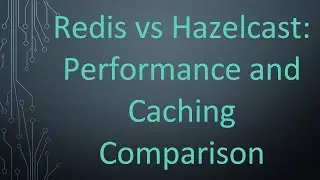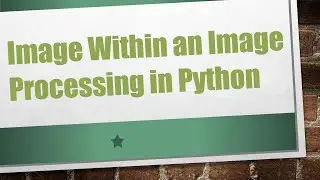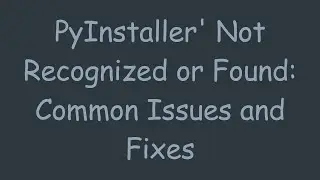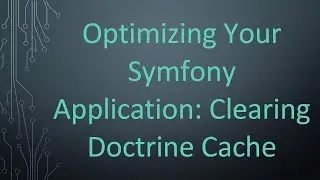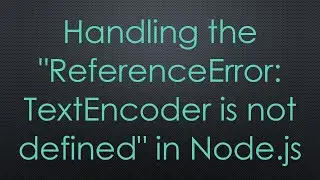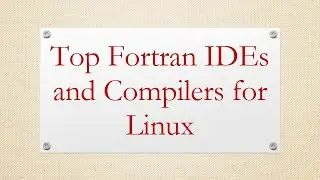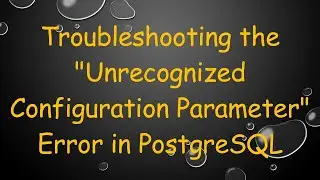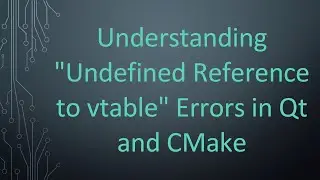Creating and Troubleshooting Custom Management Commands in Django
Disclaimer/Disclosure: Some of the content was synthetically produced using various Generative AI (artificial intelligence) tools; so, there may be inaccuracies or misleading information present in the video. Please consider this before relying on the content to make any decisions or take any actions etc. If you still have any concerns, please feel free to write them in a comment. Thank you.
---
Summary: Learn how to create custom management commands in Django and troubleshoot common issues like "django custom command not found" and "django manage.py command not found".
---
Creating and Troubleshooting Custom Management Commands in Django
Django is a powerful web framework that streamlines the development process by providing a plethora of built-in functionalities. One such feature is Django’s management commands, which can perform administrative tasks and routine operations. However, you might encounter issues like "django custom command not found" or "django manage.py command not found". This guide will guide you through creating custom management commands and troubleshooting common issues.
How to Create Custom Management Commands in Django
Creating custom management commands in Django involves a few clear-cut steps. Here’s a step-by-step guide to help you through.
Step 1: Create a Management Directory
Inside one of your Django apps, create a directory called management, and within it, create another directory named commands:
[[See Video to Reveal this Text or Code Snippet]]
Step 2: Create Your Custom Command
Within the commands directory, create a Python file. Let's call it my_custom_command.py:
[[See Video to Reveal this Text or Code Snippet]]
Step 3: Running Your Custom Command
Your command is now ready for use. Run it using the manage.py script:
[[See Video to Reveal this Text or Code Snippet]]
This should display the message, "Hello, this is my custom command!" in the terminal.
Troubleshooting Common Issues
Even though the process is straightforward, you may encounter issues like "django custom command not found" or "django manage.py command not found". Let’s discuss how to troubleshoot these.
Issue 1: Django Custom Command Not Found
If you see an error indicating that your custom command cannot be found, check the following:
Correct Directory Structure: Ensure your file structure matches the required format (myapp/management/commands/my_custom_command.py).
__init__.py Files: There must be __init__.py files in both management and commands directories.
App Inclusion: Ensure the app containing the command is included in INSTALLED_APPS in the settings.py file.
Command Name: Ensure the filename and command name used in the terminal match exactly. Django uses the filename as the command name.
Issue 2: Django Manage.py Command Not Found
If the terminal displays issues related to the manage.py script, here are some possible solutions:
Script Location: Verify you are in the correct directory that contains the manage.py file.
Virtual Environment: Make sure your virtual environment is activated. Sometimes, dependencies and paths may interfere when the environment is not activated.
Python Path: Ensure that the path to your Python interpreter includes Django.
Conclusion
Custom management commands are a powerful feature of Django but require attention to detail in their creation and usage. By following these steps and troubleshooting techniques, you can create and deploy custom commands effortlessly. Keep experimenting to fully leverage Django's capabilities for your projects.









